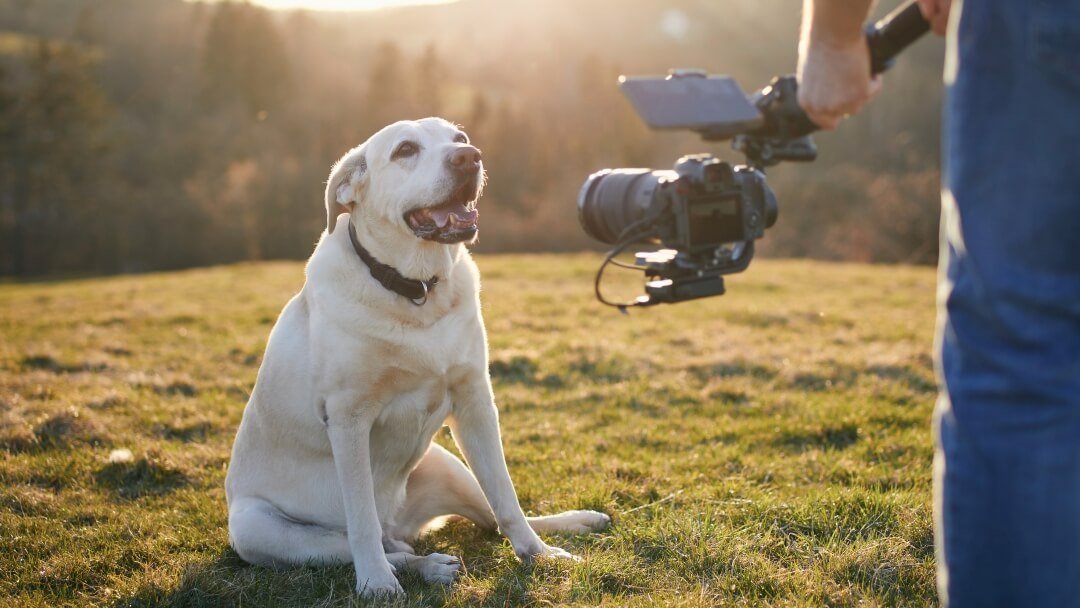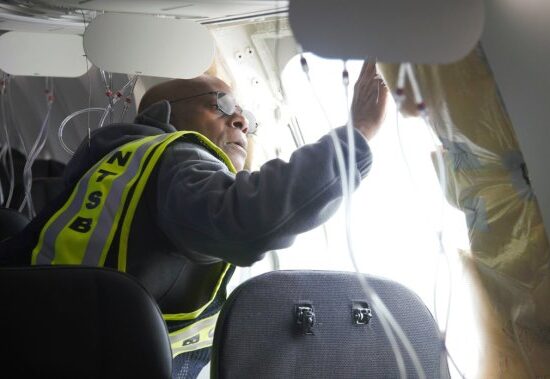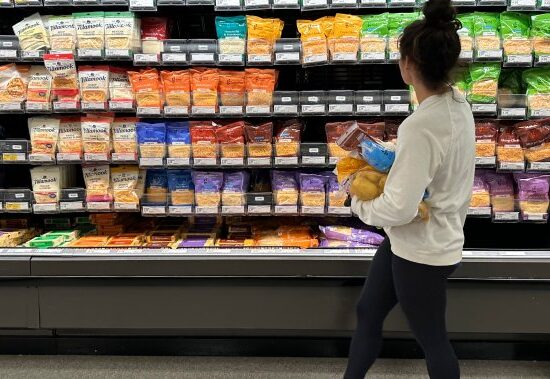
Anyone who owns an animal will tell you they can be unpredictable sometimes. Handlers might have the patience to work with them on set, but they should still learn how to manage them during filming.
Here are a few mistakes you can easily avoid when working with animals that you may or may not have dealt with before.
1. Avoiding Substitutes
Human actors sometimes have stunt doubles, and animals can also benefit from them. Consider using a replica or CGI in some shots to create your desired image. While it might be a bit more work, it can help save time when you cannot get an animal to cooperate with your filming schedule.
You shouldn’t avoid substitutes or doubles just because they can be tricky. Sometimes, it’s better to only include the animal in close-up shots.
2. Not Hiring Animal Experts
Don’t even consider skipping out on having animal professionals on the set with you. Animals require a lot of work, and you must ensure the location doesn’t pose any risks. An animal welfare adviser can help you determine the hazards on your set that might cause problems. A veterinarian should be present if the animal has an active role to ensure its welfare and safety.
An on-site trainer can help you control some animals that might be hyperactive or only there for background scenes. Some may be entranced by cords and want to chew through them, which could lead to electrical burns or electrocution and damage your equipment. An expert will be able to prevent any injuries from occurring on set.
3. Having Inadequate Transportation
Adequate transportation is vital. Don’t assume everything will be handled without you unless someone tells you they’ll take care of everything. You must have accurate documentation of who is transporting the animals to and from the location and when they’re moving around. It’s the best way to keep track of your animal actors.
You also need to budget for transportation. For example, horse hauling rates can be up to $3 per mile, which can greatly affect your budget if you plan to feature several horses in your film. Factoring in animal transportation before filming begins is the best way to ensure you have enough money for everything you want to feature in your movie. When working with animals, you must be prepared for anything.
4. Ignoring Sanitation Methods
Animals make messes just like humans. However, you should follow proper sanitation methods when they’re in close contact with the cast and crew. Animals can pass zoonotic diseases to people because certain viruses mutate to pass their genetic material on, which means you must be careful when handling them, especially if they’re sick.
Clean and thoroughly disinfect spaces an animal occupies, especially if livestock is involved. Taking some time to deep clean can save you and your cast and crew from a potential sickness. Use virus-killing disinfectants, and if you’re renting a space to use, leave it as clean as you found it.
5. Not Preparing Months in Advance
One major thing you should consider is how long it takes to fully train the animals. You should start well beforehand if they must be trained for something specific. People need several tools to train a dog, which are some of the easiest animals to teach.
More stubborn creatures may take longer, so you should schedule weeks or months of training if you need an animal actor to do something specific. You don’t want a half-trained animal showing up to the set confused and frightened.
6. Not Having a Caretaker for the Animals
Hire an animal caretaker during the filming process. They should know all about how to handle the specific animal. They need to be on set to give the animal water and food, as well as clean up after them. They should also be responsible for providing them with breaks from a potentially stressful environment.
Make sure everyone who comes in contact with the animal knows their responsibilities. You can also keep records of anything that happens on set while animals are present. This will allow you to review your processes and ensure everything goes as smoothly as possible. Having eyes on animals while filming can also ensure they have support at all times and aren’t left alone somewhere, like in a vehicle.

7. Allowing Nonworking Animals on Set
You may want an animal-friendly set, but mingling pets with working animals could be challenging. You don’t know if they’ll get along, and it might be too much for your cast and crew to keep up with in a potentially hazardous area. Unless the animal is working or serving a purpose on set, you should aim to leave all pets at home.
It can be challenging to say no to cute pets in the workspace, but it’s safer for them to remain home. If you want to see cuddly creatures, watch a film that features animal companions instead. There’s a place for sweet pets, but when you’re working, you must focus on the task at hand.
Work Alongside Your Animal Actors
Animals have feelings, too, so they should be looked after well during the filming process. You have to make certain allowances for them and understand that they sometimes may be unwilling to work. As long as you have procedures in place regarding care and cleaning, you should have a pleasant filmmaking journey with an animal star.
Expect the unexpected when working with animals, and plan to work around any obstacles you encounter. The results will make your efforts well worth it.















